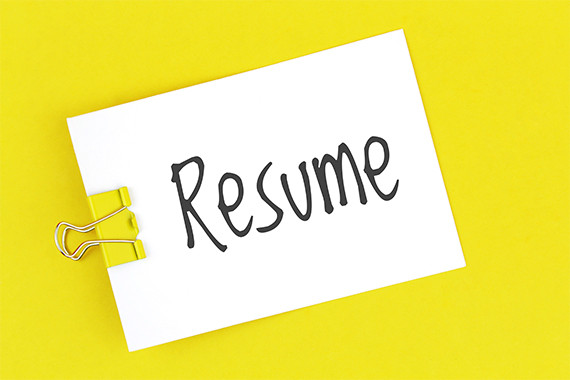LinkedIn is a professional social network with more than 500 million profiles registered. Do you know what that means? Lots of job opportunities!
Is LinkedIn worth it?
LinkedIn has become a global tool for companies in finding new talent, and more than 87% of recruiters use it as part of the hiring process. If you're still asking whether you need LinkedIn, the answer is definitely “yes.” Why is it so important? You can find a job. Obviously...
LinkedIn is a great place for networking. You can connect with your classmates, teachers, colleagues, or people you met at a conference. These connections can be useful for your future career.
You’ll build an “online” presence. And add value to your online profile.

How to create a LinkedIn profile that attracts HR managers?
LinkedIn isn’t rocket science. Focus on these 9 basic things:
1.Write a strong headline. It’s the first thing people will see. You have 120 characters to express your professional aspirations. Write something like “Honors student at Charles University aspiring to become a lawyer” or “Journalism student seeking an internship.”
2.Add a compelling summary. In three to five paragraphs, write what you can offer. This includes qualifications and skills, but also motivation. Think of it as an “Elevator Pitch.” Here you’ll find a few useful examples.
3.Don’t forget the keywords. Make sure your headline, summary, and entire profile include keywords. You need to set up your profile to be easily searchable on LinkedIn.
4.Use a professional headshot. Choose a simple photo where you’re looking into the camera—ideally, use a professional headshot. Your photo doesn’t have to be boring, but it should convey professionalism and friendliness.
5.Complete your entire profile. Your profile will be viewed 40% more if it’s fully completed. What do you need for that?
– your industry and exact location
– your current position (with a description)
– two previous positions
– your education
– your skills (at least 3)
– a profile photo
– at least 50 connections
6.Share all relevant experience. Involvement in charities, work or student conferences, your help in the student council, or an internship. Consider all of this as work experience.
7.Complete the student section. LinkedIn has a section specifically for students, where you can fill in courses, projects, and certificates. All of this can be an advantage for you!
8.Get recommendations. You can ask your teachers, mentors, contacts from volunteer work, or internship employers. As a student, you don’t yet have much credibility. Let others help give it to you.
9.Be active and visible. Connect with leaders from different industries, write and share meaningful articles. Pretty easy, right?

Once you’ve put your LinkedIn profile together, it’s time to find your dream internship, part-time job, or student position.
Get started with your search. Start your search. Check out the LinkedIn Official Blog – it’s full of junior positions and internships posted on LinkedIn. If a job post catches your eye, reach out to the recruiter directly via LinkedIn. Don’t be shy! You can also follow companies that offer your dream jobs — that way, you’ll be among the first to know about new opportunities.
A new job can find you on its own. Recruitment managers can reach out to you with a job offer even if you're not actively looking for a new position. But for that, you need a really well-crafted profile.
It can increase your chances of getting a job. Most employers (more than 70 %) will Google you before offering you a position. It's quite likely that your LinkedIn profile will show up among the top search results. So remember: a well-crafted profile can catch their eye and boost your chances.
Interview preparation. LinkedIn is a great place to research the profiles of companies you'd like to work for. Read their latest posts and find out about their company culture and values. This will help you a lot when preparing for a job interview.





